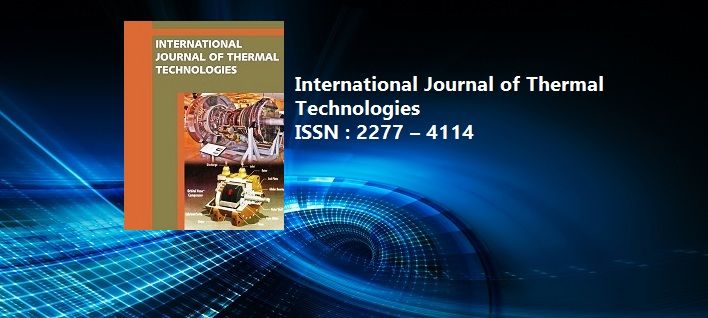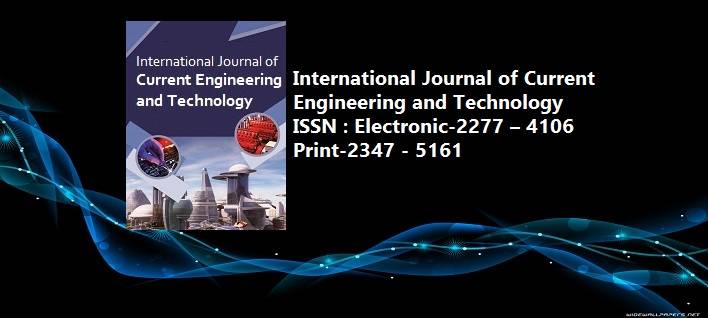Self-Organizing Protocol (Internet of Things)
Pages : 1128-1132
Download PDF
Abstract
Tree networks are used in Sensor Networks of Internet of Things .This paper presents methods that can perform realtime estimation of the AWT(available bandwidth) of a network path. In networks, such as the Internet, knowledge of bandwidth characteristics is of great significance in, e.g., network monitoring, and audio/video streaming. In ETSP, nodes are divided into two kinds all nodes. There are two types of node.Network nodes send packets to the neighboring nodes throughout the network. Non-network nodes are used to collect the broadcasted information can decide whether to join or not the network.During the self-organizing process, we are using different metrics such as many child nodes, communication distance and achieve energy to reach destination sink node the node with max weight selected as sink node. Bandwidth provides the lots of information.During the self-organizing process, we are using different metrics such as number of child nodes, communication distance and residual energy to reach available sink node the node with max weight selected as sink node. Bandwidth provides the lots of information. Non-network nodes devided into network nodes they can decide when they join network successfully. Treebased network can be obtained one layer by one layer and so more.The term calculation describes the lots of information a network can give per unit of time. For network users it is suitable by achieving probing to obtain bandwidth properties of a path searching the network accepting the probe packets, or to perform calculation based on accepting measurements. In this process, two rate adjustment algorithm, and a modified excursion detection algorithm that is MED for calculating the available bandwidth (ABW) of an end-to-end network path more correctly and less intrusively and minimum packet loss. Based on the concept of self-induced congestion,. There are number of features a unique probing train structure in which there is a solution where packets are collected more correctly than in other regions. This is called high-density region and this enables algorithm to end to end the turning point to calculate bandwidth more accurately. There are two rates upper rate and lower late. Spread factor is usually used to correct the range between the lower rate and upper rate, because of the number of packets are low so we can calculate the ABW less intrusively.
Keywords: Internet of Things, Self organization, Lifetime, Tree-based Sensor Networks, Available bandwidth, probe rate model, queuing delay, rate adjustment, modified excursion detection algorithm, Path Chirp.



















 MECHPGCON, MIT College of Engineering, Pune, India
MECHPGCON, MIT College of Engineering, Pune, India AMET, MIT College of Engineering, Pune, India
AMET, MIT College of Engineering, Pune, India International Conference on Advances in Mechanical Sciences
International Conference on Advances in Mechanical Sciences  International Symposium on Engineering and Technology
International Symposium on Engineering and Technology International Conference on Women in Science and Engineering
International Conference on Women in Science and Engineering




